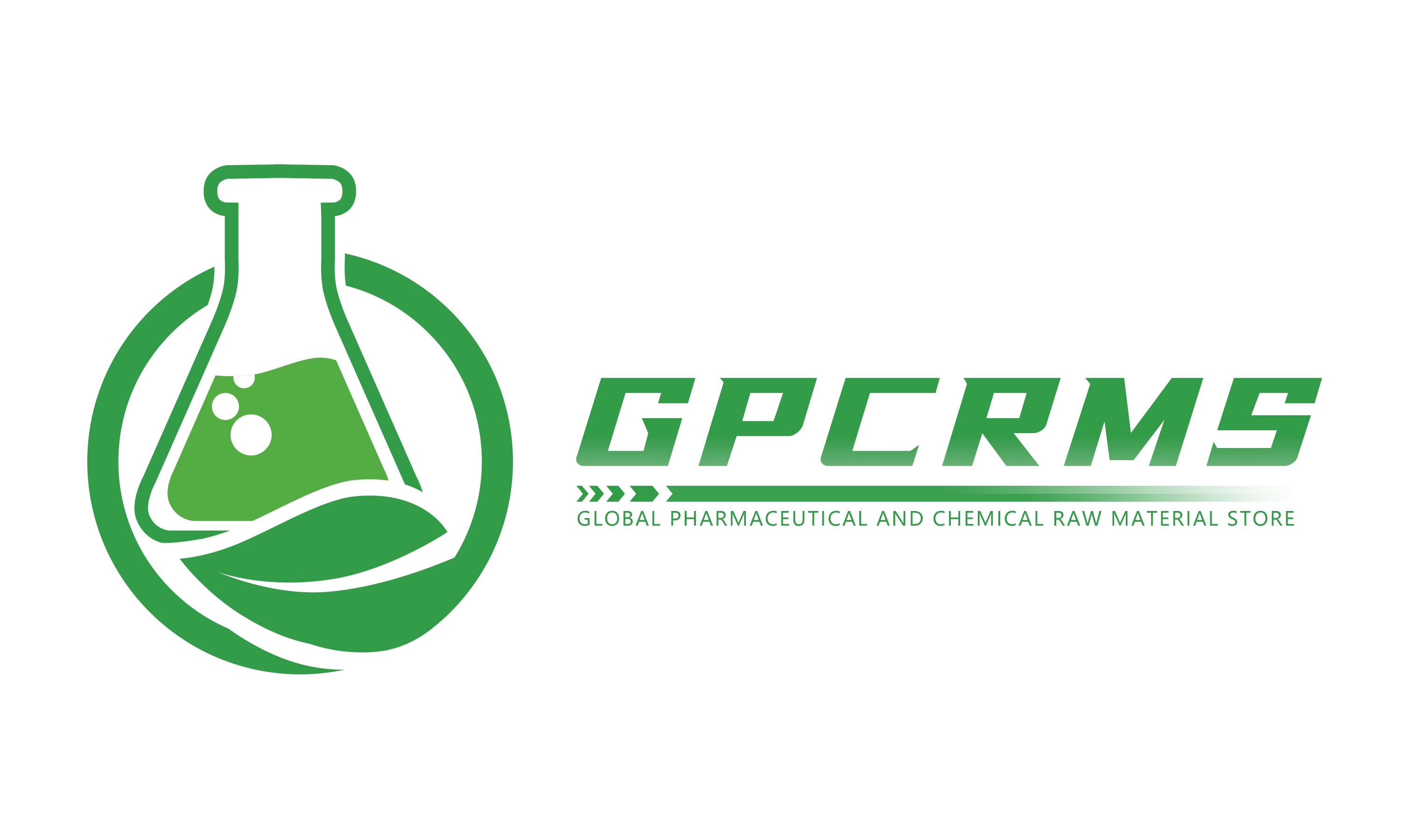Glass chromatography colomn to filter out unwanted substances
In chemical experiments and drug synthesis, filtration and separation are crucial operations. To ensure the purity of products and the accuracy of experiments, the use of efficient separation techniques is essential. Today, we are going to introduce a common and important piece of separation equipment—the glass chromatography column. It is widely used in chemical experiments to filter out unwanted impurities and ensure the purity of the final product.
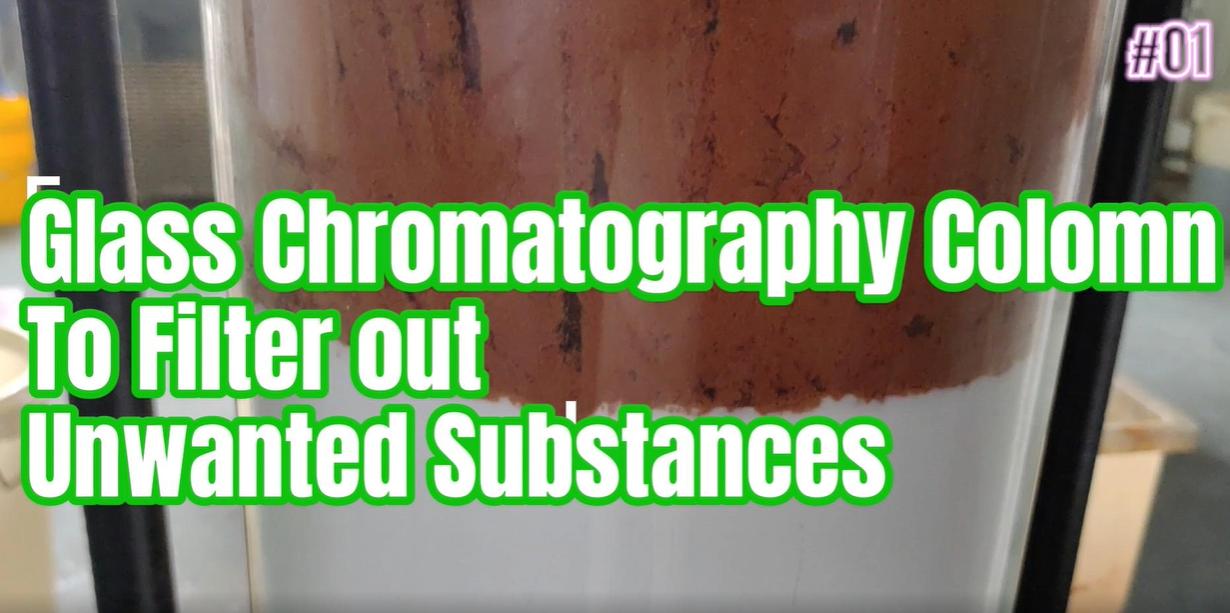
A glass chromatography column is a cylindrical glass tube, typically used in chromatographic separation experiments. Its working principle is based on the difference in distribution coefficients of various substances between the solid phase and the mobile phase, allowing for separation. In the experiment, we introduce a mixture into the column with a solvent. The impurities and the target product are separated according to their physical and chemical properties as they interact with the stationary phase (usually silica gel) inside the column.
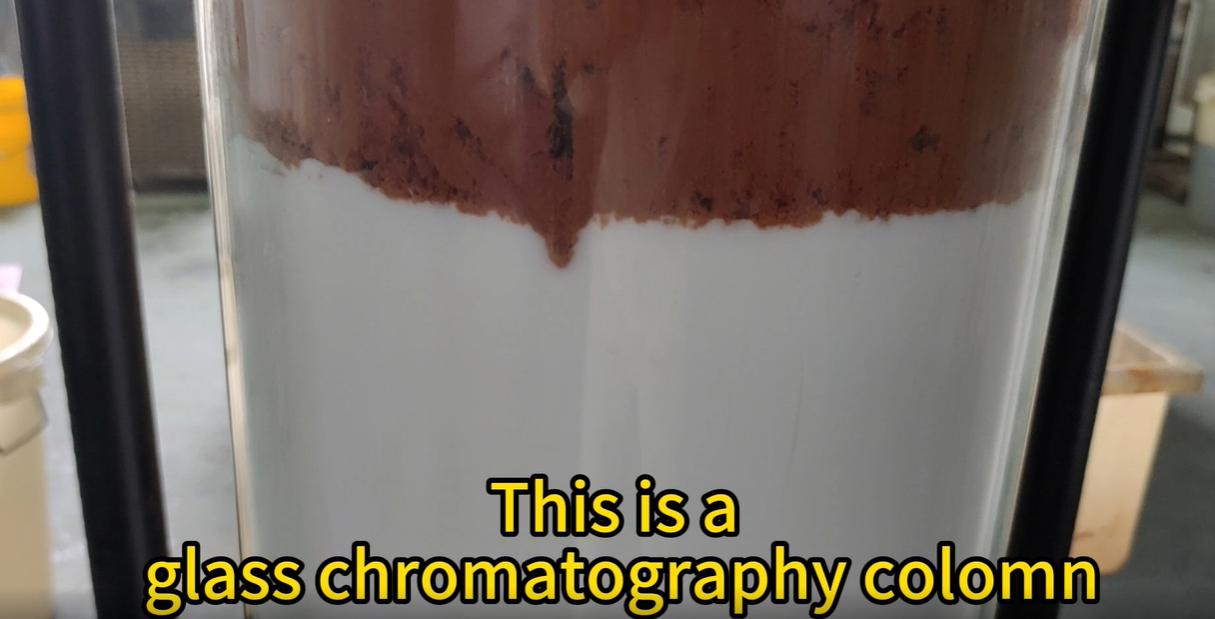
In today's experiment, the glass chromatography column is used to filter out a chemical product. We can observe that the liquid at the top of the column is reddish, while the lower part contains white chromatography silica gel. The red part is the product we obtained from the experiment, and the white part is the silica gel, which serves as the stationary phase in the column. Silica gel has a large surface area, allowing it to interact with different molecules to varying degrees, aiding in the separation process.
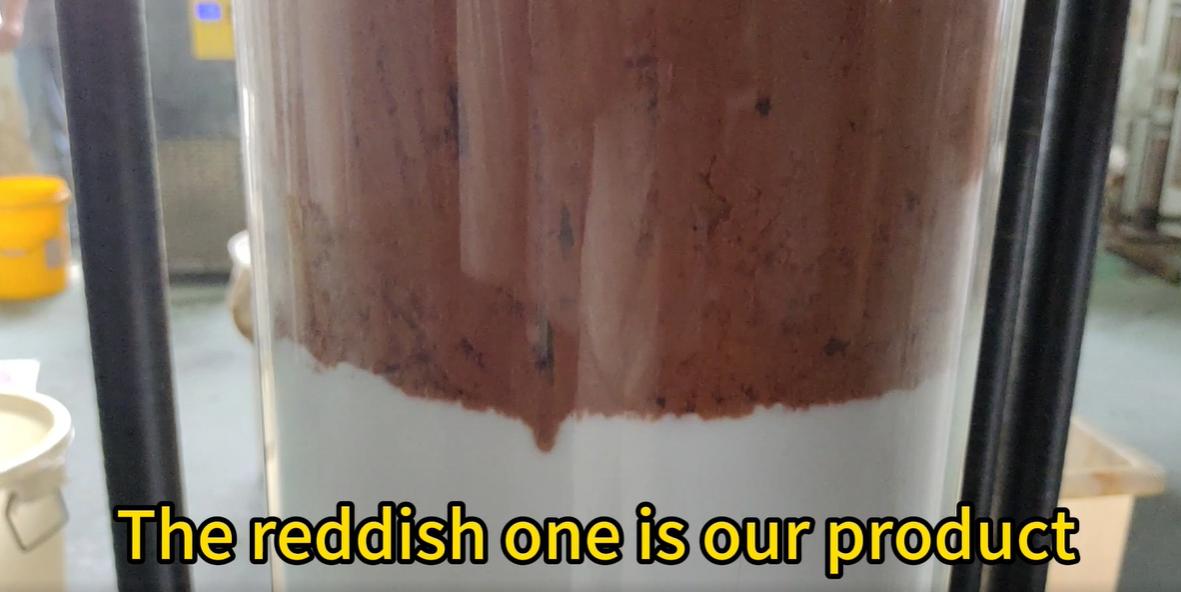
During the operation, we usually convert the solution of the target product into a liquid form, which improves the filtration efficiency. When the solution is in liquid form, the molecules can move more freely, making it easier to flow through the chromatography column and separate the impurities from the product. By adjusting parameters such as flow rate and solvent type, we can control the separation process based on the needs of the experiment, ultimately obtaining a high-purity compound.
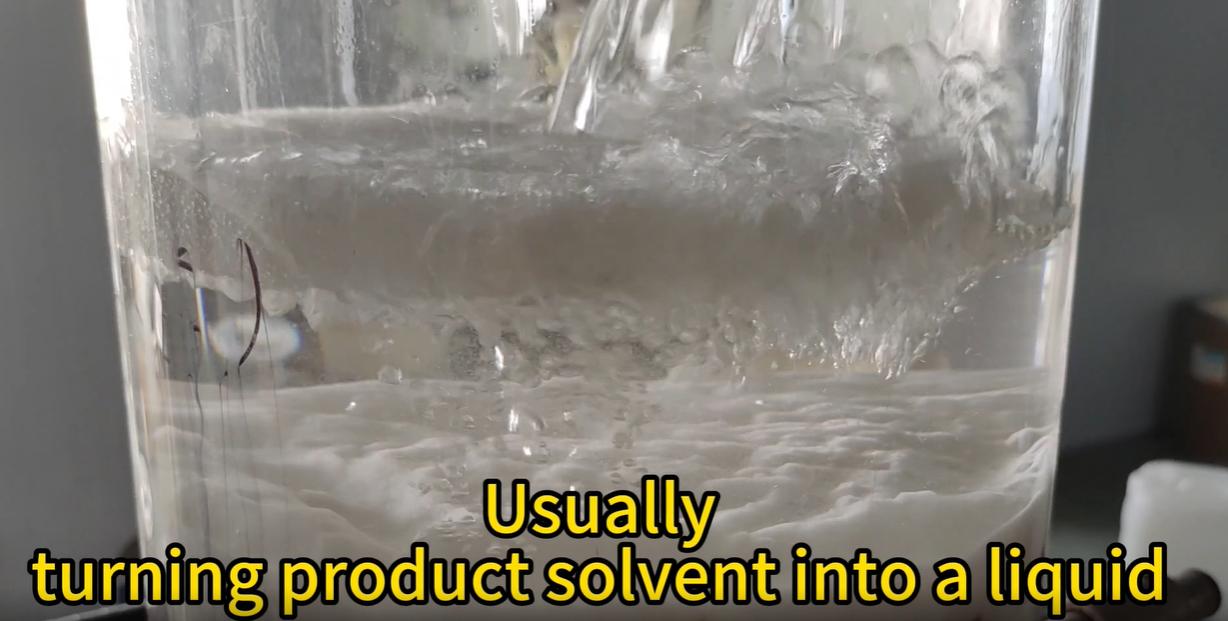
Chromatographic techniques are widely used in many industries, including chemistry, pharmaceuticals, and food processing. In drug synthesis, chromatography columns are often used to purify intermediate products and remove impurities, ensuring that the final product meets quality standards. It is not only applicable to small-scale laboratory operations but is also commonly used in industrial production to ensure consistency and quality.
Additionally, you may have noticed that the glass chromatography column has a function similar to some other equipment we've introduced previously. For example, a rotary evaporator also plays a similar role in separation and purification. Through the process of evaporation and condensation, the rotary evaporator removes solvents from the product. Although the operational principles differ, both pieces of equipment play crucial roles in separation and purification.
In conclusion, the glass chromatography column is an essential separation device that plays an irreplaceable role in chemical experiments. It helps us remove impurities from reactions and ensures the purity and quality of the final product. Mastering the use of this equipment is a vital skill for every laboratory technician. If you have more experiences or insights into the use of chromatography columns or separation techniques, feel free to leave a comment and share your thoughts with everyone.
